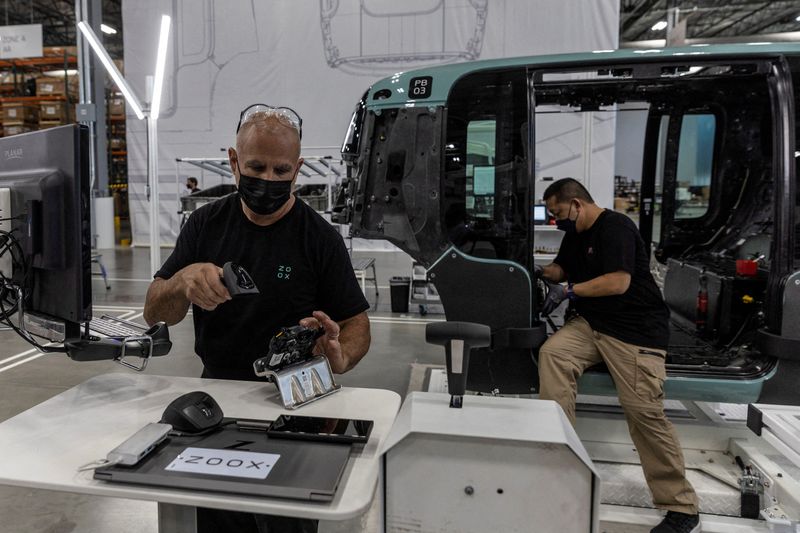US Industrial Output Shows Signs of Recession
2022.11.16 10:04
[ad_1]

US Industrial Output Shows Signs of Recession
Budrigannews.com – The output of American factories barely increased in 10 months, and production in the previous 2 months was not as good as initially thought, and manufacturing quickly lost momentum amid rising interest rates.
The Fed said manufacturing output rose 0.1 percent last month. The data for the month was revised down to show that production at the plant increased by 0.2% instead of 0.4%, as previously reported. Production in March increased by only 0.4%, instead of the previously estimated 0.1%.
Economists polled by Reuters had forecast a 0.2 percent rise in factory output last month. Production in 2021/10 increased by 2.4%.
Rising interest rates and spending on service sales have slowed manufacturing, which accounts for 11.3 percent of the U.S. economy. The Federal Reserve has raised its monetary policy rate by 375 basis points this year, from a 3.75% close to zero to a range of 4.00%.It is fighting rampant inflation in what has become the fastest rate hike cycle since the 1980s
Production at automobile plants increased by 2.0% last month. The production of electrical equipment, household appliances, components, aerospace equipment and other transportation equipment also increased. However, the production of building materials and materials decreased.
Mining production fell 0.4 percent. Utility output fell by 1.5%, registering a third consecutive monthly decline.
As a result, the overall industrial production fell by 0.1% and increased by 0.1%.
Manufacturing capacity utilization is an indicator of how companies are using their resources, unchanged from 79.5 percent last month. That’s 1.3 percentage points above its long-term average. The overall capacity usage in the industrial sector fell 0.2 percentage points to 79.9% last month. This is above the 1972-2021 average by 0.3 percentage points.
Fed officials tend to look at capacity-use measures that show how much “slack” is left in the economy and how much room for growth before inflation occurs.
[ad_2]








